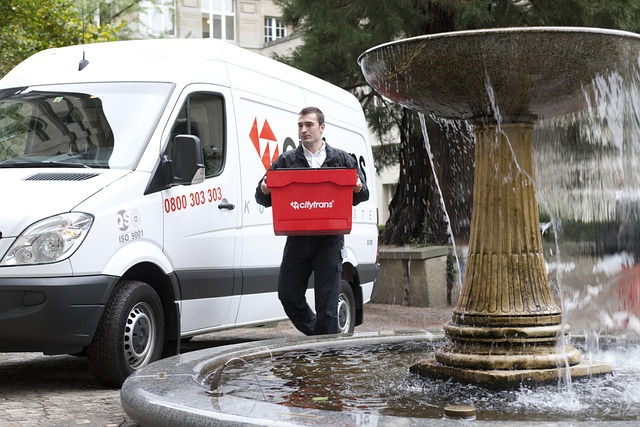Collision coverage for fleets is a crucial risk management tool for small operators, protecting against financial losses from vehicle accidents by covering damage, repairs, and liability. Policyholders should be aware of specific exclusions like intentional acts or off-road use. Assessing risk factors such as fleet size, vehicle types, driving conditions, location, and history is essential for selecting tailored collision coverage policies. Comprehensive vs. collision-only insurance policies vary in breadth of protection; collision coverage is beneficial for high-value vehicles and regions with heightened incident risks. Optimizing protection requires assessing unique risks, exploring optional add-ons like liability extensions, and ensuring comprehensive coverage identifies gaps in standard policies.
In today’s digital era, small fleet operators face complex choices when it comes to collision coverage for fleets. This article navigates the intricacies of policy options designed to protect against physical damage. We break down the essentials, from understanding what collision coverage entails and identifying exclusions to assessing risk factors influencing policy decisions. Additionally, we explore different types of policies – comprehensive vs. collision-only – and offer tips for maximizing protection by optimizing coverage tailored to your small fleet’s unique needs.
Understanding Collision Coverage for Fleets: What It Covers and Exclusions to Be Aware Of
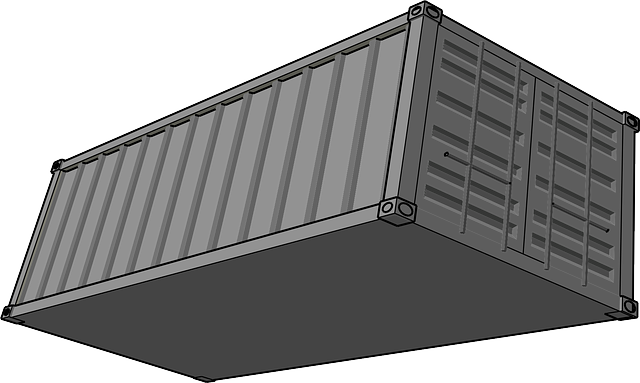
Collision coverage for fleets is a critical aspect of insurance that protects against financial losses resulting from vehicle accidents. When managing a small fleet, understanding this coverage and its limitations is essential for risk management. This type of insurance typically covers damage to vehicles involved in collisions, including repair or replacement costs. It also may include liability protection, covering expenses related to injuries or property damage caused to others in the event of an accident.
However, there are specific exclusions to be aware of. Common exclusions include damages resulting from intentional acts, certain types of environmental hazards, and vehicle modifications not approved by the insurance provider. Additionally, some policies may not cover losses incurred during specific activities like racing or off-road use. Knowing these exclusions is crucial to ensuring adequate protection for your fleet, as they can significantly impact financial burdens in case of an incident.
Assessing Risk: Factors That Influencing Policy Decisions for Small Fleet Operators
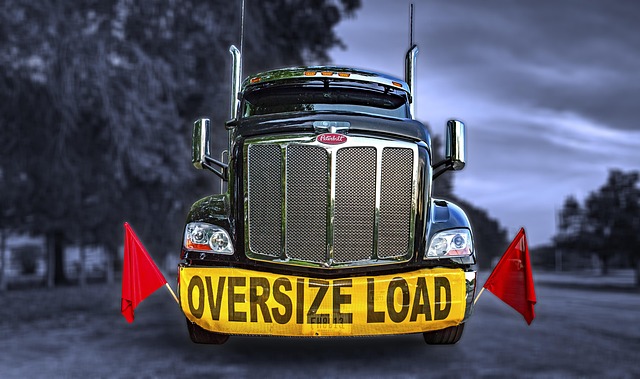
Assessing risk is a critical step in determining policy options for small fleet operators. Several factors influence their decisions regarding collision coverage for fleets. First, understanding the nature and size of the fleet is essential. This includes the types of vehicles used, their average age, and the daily driving conditions they encounter. For instance, older vehicles might require more comprehensive coverage to account for potential mechanical failures.
Geographical location plays a significant role too. Areas with higher accident rates or severe weather patterns necessitate tailored policies. Additionally, the operator’s history and driving record are crucial considerations. Safe driving practices and a clean record often translate to lower risk assessments, potentially resulting in more favorable policy terms and premiums for collision coverage for fleets.
Navigating Different Types of Policies: Comprehensive vs. Collision-Only and Their Benefits
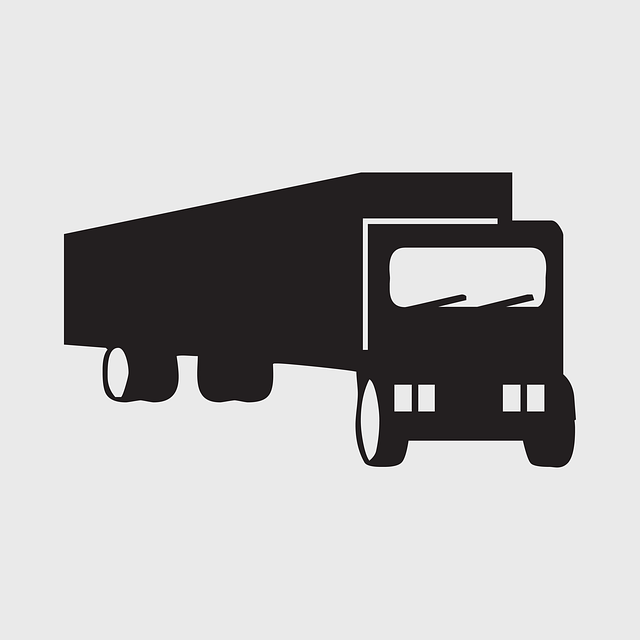
When it comes to protecting your small fleet, understanding the nuances of different policy types is essential. One key distinction lies between comprehensive and collision-only policies. Comprehensive coverage offers a broader range of protection, encompassing not just collision damage but also theft, natural disasters, and vandalism. This type of policy is ideal for businesses dealing with valuable assets or operating in areas prone to such incidents. On the other hand, collision-only insurance focuses specifically on damage resulting from accidents, providing a more targeted yet cost-effective solution.
Collision coverage for fleets can be particularly beneficial for companies with high-value vehicles or those facing higher risks of road incidents. While comprehensive policies offer peace of mind by covering a wide array of unforeseen events, collision-only policies cater to businesses primarily concerned with accident-related damage, allowing them to manage costs more effectively. Ultimately, the choice depends on individual needs and risk assessment.
Maximizing Protection: Tips for Choosing the Right Policy and Optimizing Coverage for Your Small Fleet
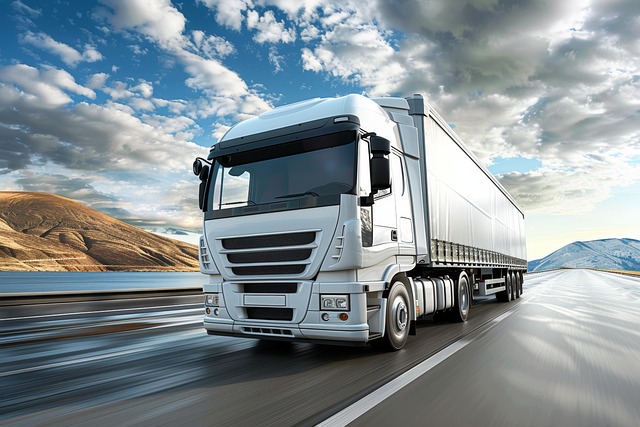
When it comes to protecting your small fleet, maximizing protection means selecting a policy that offers comprehensive collision coverage tailored to your specific needs. Before settling on a policy, assess your fleet’s unique risks and requirements. Consider factors such as the type of vehicles in your fleet, their usage patterns, and the geographic areas they operate in. This analysis will help identify potential gaps in standard collision policies and ensure you have adequate protection against various risks.
To optimize coverage for your small fleet, explore optional add-ons and endorsements that can enhance your policy’s capabilities. For instance, consider liability coverage extensions to protect against lawsuits arising from accidents involving your vehicles. Additionally, look into mechanical breakdown coverage, which can provide financial relief when unexpected vehicle repairs or replacements are needed due to mechanical failures. By carefully considering these options, you can create a robust risk management strategy, ensuring your small fleet is well-protected against physical damage and associated expenses.
When it comes to protecting your small fleet, understanding collision coverage options is key. By assessing risk factors and comparing policy types like comprehensive vs. collision-only, you can maximize protection at a cost that fits your operation. Remember, the right policy ensures your vehicles are covered against physical damage, giving you peace of mind on the road.
